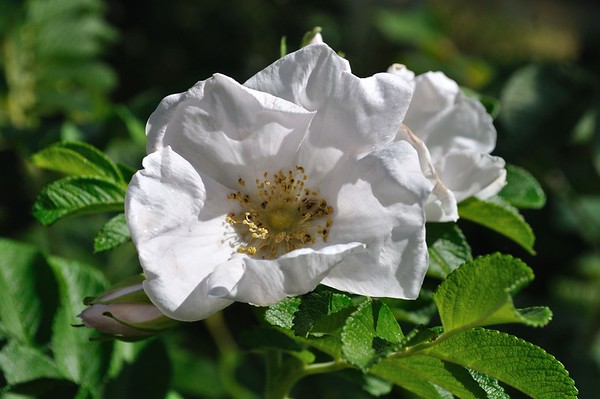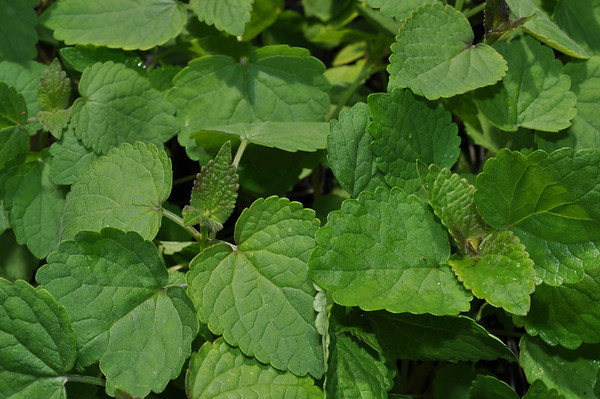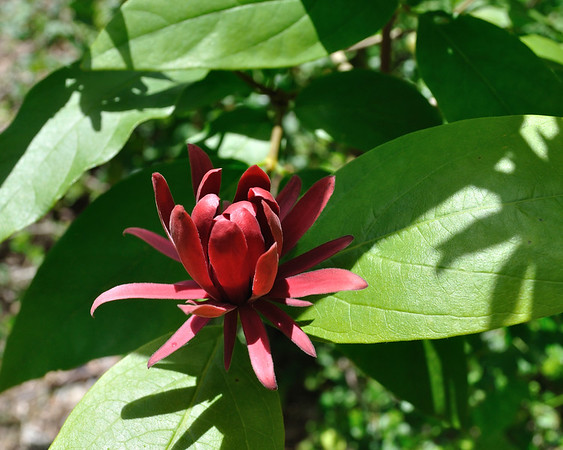
Also known as du huo in Traditional Chinese Medicine, and shishiudo in Japanese medicine, this angelica species is native to just the eastern part of Asia in those two countries... more->
We spent 13 years building an abundant fruit forest, annual veggie beds, perennial medicinal herbs, and a healthy mixed hardwood-coniferous forest and now we've sold our property to the next stewards so that we can begin a new homesteading project in Vermont closer to our best friends and their kids.
Don't worry - we plan to keep this website up and running so that our customers can reference what we've written about our plants!
We'll let you know once we re-start a farm in Vermont!

Also known as du huo in Traditional Chinese Medicine, and shishiudo in Japanese medicine, this angelica species is native to just the eastern part of Asia in those two countries... more->
Also known as Bai Zhi in Traditional Chinese Medicine, this angelica species is native to northeastern Asia in Russia, China, Korea, Japan, and Taiwan. This is the first year we've grown... more->
So we like all beebalms, but this one really tops the charts with its sweet and spicy rose scented pink flowers and foliage. The aroma makes a really blissful and warming tea. It contains... more->
This pink-flowered variety was developed in Canada to have superb mildew resistance, which can turn the tops of other varieties white and sickly in extra wet weather. more->
With darker violet-purple flowers than most wild beebalm, this variety is a crowd-pleaser and tastes good too! more->
Orange scented fragrant thyme has a compact growth form with small leaves more similar to French thyme and German winter thyme than any of the other varieties. What sets it apart is the scent -... more->

This variety of hardy tea comes from the Sochi region of Russia near the Black Sea. more->

This hardy variety of tea comes from the mountains of the Boseong region in South Korea. more->
Spotted bee balm blossoms have white, purple, and pink flowers with exquisite dippled spots. This species grows in drier and sandier soil than most bee balms. more->
'Munstead' is an English lavender that is well-known for its heat tolerance and compact form. The tall spikes of deep purple fragrant blossoms are more densely flowered than 'Vera'. more->
This beautiful perennial is not only fragrant but also hardy and drought tolerant. The silvery foliage grows about a foot tall with huge spikes of neon orange and red flowers another foot above... more->

Combining the warm, spicy scent of thyme with the sweet aroma of old-fashioned rose, we can't seem to grow enough of this wonderful herb! The foliage and flowers make tea that not only tastes... more->

We really enjoy making lemony tea and flavorful Thai recipes with this aromatic herb. Fresh lemon grass is far superior to the faded bundles you find in the grocery store! Lemon grass is not... more->

This succulent perennial with pale yellow umbellate flowers is native to rocky coastal cliffs in western Europe. The edible leaves and flowers have a slightly spicy taste, and hold up well when... more->
A multi-functional tree native to Europe, linden has edible leaves and flowers. Bees adore the blooms which make a great tea, and from bees, a delicious honey. The wood is also known as basswood... more->
Licorice has an edible and medicinal root that is most commonly used as a tea. The perennial plant prefers sun and well drained soil. The plant can grow up to 2 feet tall and has purple and... more->

Rugosa rose is a suckering shrub native to asia. It has large and beautiful blooms and the largest rose hips of any rose we know. The rose hips are high in vitamin C and can be eaten fresh or... more->
Pacific waxmyrtle is an evergeen shrub/small tree native to the west coast of North America. It can grow 5-30 feet tall and has sticky leaves and a waxy wrinkled purple berry. It is a great... more->
French thyme has very small, pointy leaves. It is the most drought tolerant and has the most spicy flavor of the thyme varieties we grow. more->
This is a lemon thyme that is variegated with slivery grey-green foliage. It makes a very nice contract interplanted with lemon variegated thyme. more->

English Tabor thyme has wide leaves that are the most broad, green, and juicy of any thyme we've grown. Whereas other varieties are often quite spicy and pungent, this thyme is mild tasting but... more->
Clustered wild rose is native to the Willamette Valley and other parts of the Pacific Northwest. It is a spreading woody shrub, growing up to 6 feet tall. It is a great and easy to grow wildlife... more->

Beautiful, culinary, medicinal - no herb garden is complete without this variegated, lemon scented thyme. The yellow and green leaves give way to pink flowers in summer. This thyme forms a short... more->

Although some know it as California ginseng, elk clover, or spikenard, I think Oregon ginseng is quite fitting for a plant that inhabits shady, moist seasonal creeks in deep coniferous forests as... more->
Native to moist and sunny meadows and slopes of the Pacific Northwest, this perennial herb makes a fine garden specimen. Bees and butterflies flock to its showy purple flower spikes held above... more->
A hardy perennial in the mint family with delicious and fragrant blue flowers. This herb has been used as a tasty flavoring, expectorant, and antitussive in Europe and the Mediterranean for... more->
'Grosso' is a hybrid Lavindin-type variety that has a dark purple bloom, grey-green leaves, and excellent fragrance fresh or dried. This variety is often used for commercial production because of... more->

Native oak woodlands and meadows throughout the Pacific Northwest, licorice root, also known as celery-leaved lovage, is an herbaceous perennial in the carrot family. The leaves are edible and can... more->


A great addition to any perennial garden, anise hyssop is a beautiful summer blooming perennial with edible leaves and flowers. The leaves, when steeped fresh or dried, make a refreshing minty... more->

A native perennial in the mint family, yerba buena likes dappled shade and handles a wide variety of soil from deep rich organic matter to nutrient poor clay. Once established, it can handle... more->
While you can find dozens of varieties of mint for your garden, we focus on cultivating peppermint because it is the best mint for soothing upset stomachs, relieving headaches, and cooling... more->

A beautiful native forest ground cover, wild ginger likes to grow in moist soil in shady areas. You will find it wild near creeks and on wet hillsides in the shade. Glossy heart-shaped leaves... more->

This variety produces 3-foot tall displays of crimson red inflorescences composed of tubular flowers. It is a sight to see! A favorite for hummingbirds. more->

A wonderfully fragrant native shrub, western spicebush is an open, deciduous shrub that tolerates part shade and is deer resistant. Burgunday flowers bloom late spring to early summer and smell... more->

This wild variety of beebalm produces showy light pink flower clusters on two foot tall stems. more->

We relish the soft, living, green carpets made of this fragrant and healing herb. This perennial chamomile stitches together into a mat a few inches tall that emits the sweetest apple scent when... more->

Rugosa rose is a suckering shrub native to Asia. It has large and beautiful blooms and the largest rose hips of any rose we know. The rose hips are high in vitamin C and can be eaten fresh or... more->
'Vera' is a cold-hardy heirloom English lavender. It is considered the original and true variety traditionally grown at high elevation in the French alps. In our garden, 'Vera' produces tall... more->
No herb garden is complete without this fragrant and savory leaf to add to pasta sauce, soup stock and more. Sage also produces beautiful and edible pink flowers that attract pollinators.... more->

With the sweet and spicy aroma of grapefruit and pine, clary sage brightens our day with its scent as well as with its spikes of white and purple flowers. This biennial starts out the first year... more->